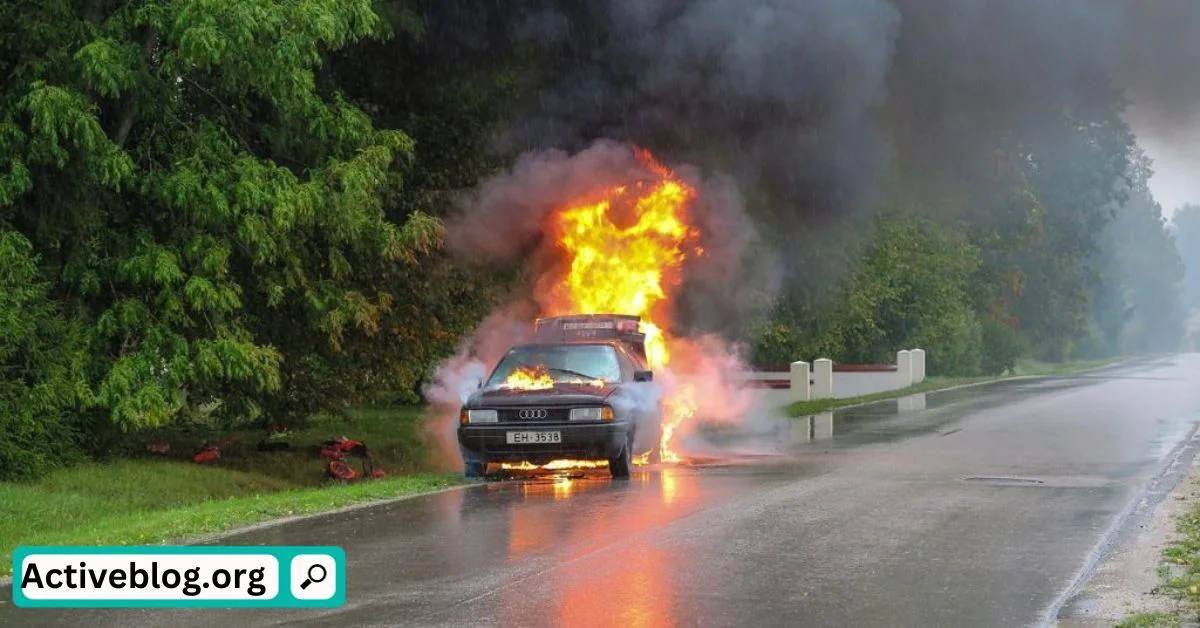When it comes to the tangled web of car accident liability, there’s an often overlooked player in the mix—the weather. Weather conditions have the uncanny ability to tilt the scales of blame in car accidents, and in this article, we’ll explore the subtle yet profound ways that weather can affect the question of liability. If you’ve recently experienced a car accident in Ottawa and are curious about the legal intricacies, take a moment to learn more about car accident lawyers in Ottawa.
The Weather’s Subtle Hand in Car Accidents
1. Obscured Vistas:
Perhaps the most conspicuous impact of weather on car accidents is its ability to shroud our view. Rain, snow, fog, or heavy storms can dramatically reduce a driver’s visual acumen. Reduced visibility can give rise to rear-end collisions, unexpected sideswipes, and chaos at intersections where traffic signals and stop signs often vanish into the mist.
2. The Perils of Slick Roads:
Wet or icy road surfaces are an accident waiting to happen. Slick roads compromise a vehicle’s ability to stop or swerve safely, increasing the likelihood of fender-benders and full-blown collisions. A momentary loss of control on a slippery surface can have grave consequences.
3. The Dance of Hydroplaning:
Rainwater can conspire against us by creating a treacherously thin film on the road, setting the stage for hydroplaning. When a vehicle hydroplanes, its tires momentarily lose contact with the road, sending the driver on a wild ride. This can result in a solo skid or an unfortunate meeting with another vehicle.
4. The Vanishing Grip:
Snow and ice on the road turn your tires into slip-n-slides. Drivers often grapple with acceleration, braking, and turning as their tires struggle to find traction. Even with modern anti-lock brakes and traction control systems, winter weather remains a formidable foe.
The Complexity of Assigning Liability in Weather-Related Accidents
Determining liability in car accidents linked to adverse weather conditions is far from straightforward. Several factors come into play:
1. The Ever-Present Ghost of Negligence:
In most cases, the cornerstone of liability still rests on the concept of negligence. If a driver fails to exercise reasonable care given the prevailing weather conditions they may find themselves in the hot seat. For instance, a driver barreling through heavy rain without reducing speed could be deemed negligent.
2. When Weather Strikes Unpredictably:
Sometimes, weather conditions can shift suddenly, taking drivers by surprise. In such cases, liability might not be as clear-cut. Proving that a driver was negligent when conditions deteriorated unpredictably can be a challenge.
3. Divvying Up Blame:
In certain jurisdictions, including Ottawa, liability can be divvied up among multiple parties. If both drivers involved in an accident contributed in some way, their liability may be shared. For instance, if one driver was speeding in the rain while the other was tailgating, the liability could be distributed proportionally.
4. The Commercial Driver Factor:
Commercial drivers, such as truck drivers, face higher expectations when it comes to handling their vehicles in adverse weather. They’re supposed to possess the training and experience necessary to navigate challenging weather safely. If a commercial driver’s negligence plays a role in an accident, their employer might also be held liable.
What to Do After a Weather-Related Car Accident
If you’ve found yourself entangled in a car accident due to inclement weather in Ottawa or elsewhere, here’s a blueprint for navigating the aftermath:
1. Prioritize Safety:
Begin by checking for injuries and ensuring everyone’s safety. If there are injuries, seek medical attention immediately.
2. Report the Incident:
Contact the local authorities and report the accident. Their official documentation will prove invaluable when dealing with insurance claims and legal proceedings.
3. Document the Scene:
If it’s safe to do so, document the scene. Take photographs that capture the weather conditions, the state of the road, and any relevant traffic signs or signals.
4. Share Information:
Exchange contact and insurance information with the other party involved. Gather contact details from any witnesses present.
5. Consult Legal Counsel:
If you suspect that the weather conditions or the other driver’s actions played a role in the accident, don’t hesitate to consult a seasoned car accident lawyer. They can evaluate your case and provide guidance through the legal maze.
Learn More About Car Accident Lawyers in Ottawa: Weather can indeed be a silent architect of car accident liability. While negligence remains central to the equation, the unpredictable and complex nature of weather adds layers of intricacy. If you’re ensnared in a weather-related car accident in Ottawa, understanding your rights and options is paramount.
Seasoned car accident lawyers in Ottawa can offer valuable insights, helping you navigate the complexities and seek compensation if you’ve suffered injuries or property damage in such an accident. Reach out to a trusted legal expert to safeguard your interests and ensure you receive the support you need during this challenging time.
In conclusion, weather is a hidden actor in the theatre of car accidents, exerting a subtle yet undeniable influence on liability. Negligence still takes center stage, but the weather’s capricious nature adds a unique twist to the narrative. If you’ve experienced a weather-related car accident, prioritize safety, notify authorities, document the scene, and consider seeking legal counsel to protect your rights and interests.










